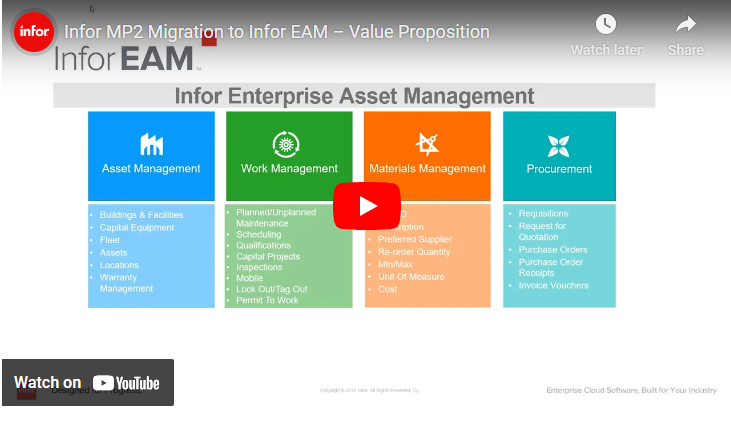-
-
-
Optimal operation of multi-plant steam district heating systems for enhanced efficiency and sustainability
Despite their crucial role in supplying heat and power to universities, industries, and healthcare facilities, many steam-based district heating systems rely on outdated control methods. Among these, multi-central plant districts are particularly challenging due to the complexities of coordinating multiple plants, optimizing load distributions, and managing system downtime. In response, new operational strategies are developed…
-
Podcast 3 : Thermodynamics – Cogeneration Systems and Power Generation Study Guide
Click Play Quiz Instructions: Answer the following questions in 2-3 sentences each. Quiz Answer Key Essay Questions Glossary of Key Terms
-
Podcast 2 : CU Boulder Energy Master Plan (EMP) 2021
The Energy Master Plan is a vision and roadmap for the campus for years to come. It is an adaptable framework for a financially sustainable energy program that focuses on energy-intensity reduction goals, supports meeting the carbon-reduction goals of the campus and provides reliable, low-carbon and resilient energy sources that enable and enhance the campus…
-
The Role of CO and NOx in Accelerating Global Warming
NOx (nitrogen oxides) and CO (carbon monoxide) are both important air pollutants that can indirectly contribute to climate warming, even though they are not greenhouse gases themselves. Here’s how they are linked to global warming in simple chemistry terms: 1. Carbon Monoxide (CO) and Climate Warming: 2. Nitrogen Oxides (NOx) and Climate Warming: The Connection…
-
-
How To Run a Leak Test at WVHP
https://www.veeder.com/us/automatic-tank-gauging-products/tls-350-automatic-tank-gauge
-
Main Campus Natural Gas [MMscf]
The data presented in the image offers a detailed, historical overview of natural gas consumption for various facilities, denoted by the acronyms EDEP, WDEP, and WVHP. Spanning several years from 1999 to 2024, the information is meticulously organized in a monthly format, indicating the end dates of each month, which suggests the records are maintained…
-
How to Complete Work Orders by Ops [Video]
Step 1. Login into OPS user account Step 2. Click Menu Item “Work” and Then Choose “Work Orders” Step 3. Click On Magnifier to Find and Browse Open Work Orders Step 4. Choose a Schedule Date and Press Enter Step 5. Change Work Order Status to Completed Step 6. Click on Save Record To Complete…
-
Enhancing Efficiency and Compliance in Engineering Through Structured Folder Organization
In the engineering sector, managing vast amounts of data and documentation is not just a part of the job—it’s a necessity that can significantly influence project outcomes and compliance. The way an organization structures its data can play a crucial role in enhancing operational efficiency and ensuring regulatory adherence. This post explores the profound benefits…
-
A Comprehensive Guide to Understanding and Reducing Carbon Footprint: Strategies for a Healthier Planet
Carbon, in the form of carbon dioxide (CO2) and other greenhouse gases, is harmful to the environment primarily because it contributes to global warming and climate change. Here’s why: To reduce carbon emissions and mitigate these effects, individuals and societies can adopt various strategies: 1. **Reduce Energy Consumption**: Use energy-efficient appliances and lighting, and turn…
-
NESHAP
The National Emission Standards for Hazardous Air Pollutants (NESHAP) are regulations established by the United States Environmental Protection Agency (EPA). They aim to control emissions of hazardous air pollutants (HAPs) from a variety of sources. HAPs are pollutants that may cause serious health effects, including cancer, or adverse environmental effects. The standards are part of…
-
Continuous Emissions Monitoring System Quality Assurance and Quality Control Plan
The document titled “Continuous Emissions Monitoring System Quality Assurance and Quality Control Plan” is a comprehensive guide developed by the University of Colorado. It outlines the procedures and policies to ensure the effective operation and maintenance of Continuous Emissions Monitoring Systems (CEMS) at their Boulder, Colorado facility. Here are the key elements of the document:…
-
What is the RACT regulation from Colorado State
The RACT (Reasonably Available Control Technology) regulation is a state-level air quality regulation in Colorado that requires certain stationary sources of air pollution to use the most effective emission control technology that is reasonably available to reduce their emissions of volatile organic compounds (VOCs) and nitrogen oxides (NOx). The regulation applies to facilities located in…
-
-
-
-
Critical Peak Pricing Program
Commercial customers can save up to five to ten percent on their annual Xcel Energy electric bill by helping us manage peak energy demand. Program participants are notified during peak periods to reduce their electricity use. Program Description During periods of peak energy demand, such as hot summer days, the electric system may require more…
-
-
-
-
How to Create a Work Request Using an iPhone
Step 1. Download and Configure the iPhone App, EAM Phone Visit the Tutorial below and follow the steps Tutorial Mobile Configuration Then, come back to this page and continue with Step 2. Step 2. Login into your user account Step 3. Click Menu Item “Work” and Then Choose “Work Requests” Step 4. To Attach a…
-
-
STOP Training
FactSheet STOP Data Pro
-
Find EDEP Drains Drawings
Step 1. Go to Cotterpin and Find Engineering Drawings Folder Then Click of EDEP PDF Folder Step2. Open_EDEP Full Set Drawing.pdf Search Bookmarks for 427 Plumbing Drawings @ Page 252
-
-
-
How to Create a Work Request Using a Desktop Computer
Step 1. Login into your user account Click here to access Hexagon’s Login Page Step 2. Click Menu Item “Work” and Then Choose “Work Requests” Step 3. Review Work Requests Before creating a new Work Request, please review the existing Ones. If no one else has already entered a Work Request for the same equipment,…
-
How to Close Work Orders by Maintenance
Step 1. Login into MAINT user account Step 2. Click Menu Item “Work” and Then Choose “Work Orders” Step 3. Click On Magnifier to Find and Browse Open Work Orders Step 4. Choose an Open (Released) Work Order and Fill Out Information Step 5. Change Work Order Status to Completed Step 6. Click on Save…
-
-
-
-
-
-
-
-
-
EAM Mobile App Configuration
Step 1 . Find and Download EAM Phone App Visit you App Store and search for the Infor EAM app for iPhone.EAM Phone app will only allow you to View Work Orders, and/or create Work Requests. Step 2 . Setup Connection Before you can login, the app needs to be setup. Please, tap the Setup…
-
How To Create a Work Request [Desktop]
Step 1 . Visit Unidash.net To access Infor EAM and submit a Work Request, please go to;https://unidash.net Step 2 . Login Step 3 . Choose Work Request Menu Step 4 . Choose and Organization Click on the Organization Dropdown and choose PRD organization. Step 5 . Choose an Equipment Step 6 . Fill Out Required…
-
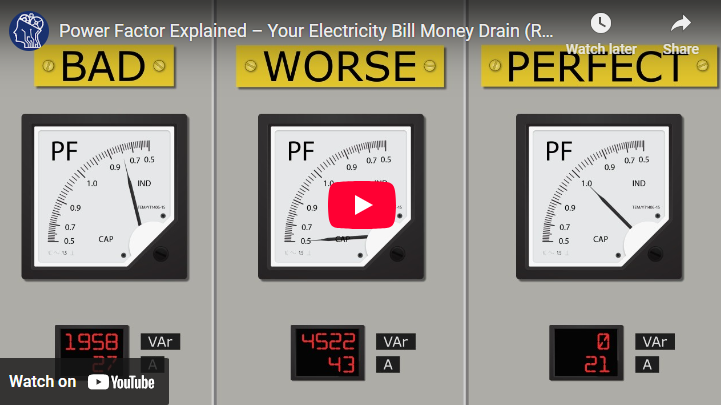
![New Task Request [Staff Only]](https://unidash.net/wp-content/uploads/eam-new-task-form-20250107-768x363.png)




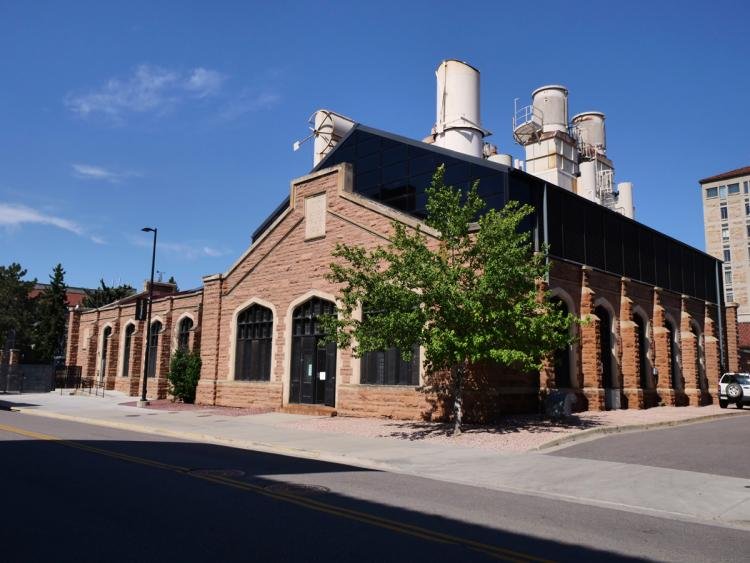
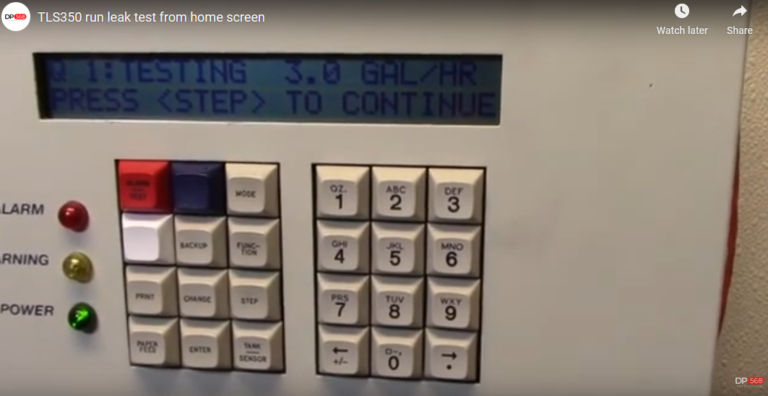
![Main Campus Natural Gas [MMscf]](https://unidash.net/wp-content/uploads/main-ngas-20240421-768x350.png)
![How to Complete Work Orders by Ops [Video]](https://unidash.net/wp-content/uploads/wo-close-ops-filter-20240412-768x354.png)





![EDEP B201 NGas [MMscf]](https://unidash.net/wp-content/uploads/edep-fuel-b201-mmscf-daily-cems-20230228-768x663.png)

![Main Campus Electrical Balance Monthly [MW]](https://unidash.net/wp-content/uploads/Main-Electric-Balance-Monthly-20220816-768x302.png)
![Main Campus Electric (Imported + Generated) Monthly [MW]](https://unidash.net/wp-content/uploads/main-elec-3.2.0-gen-and-imp-20220816-768x303.png)
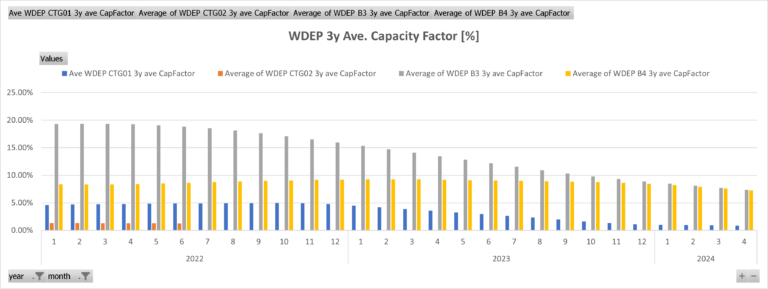
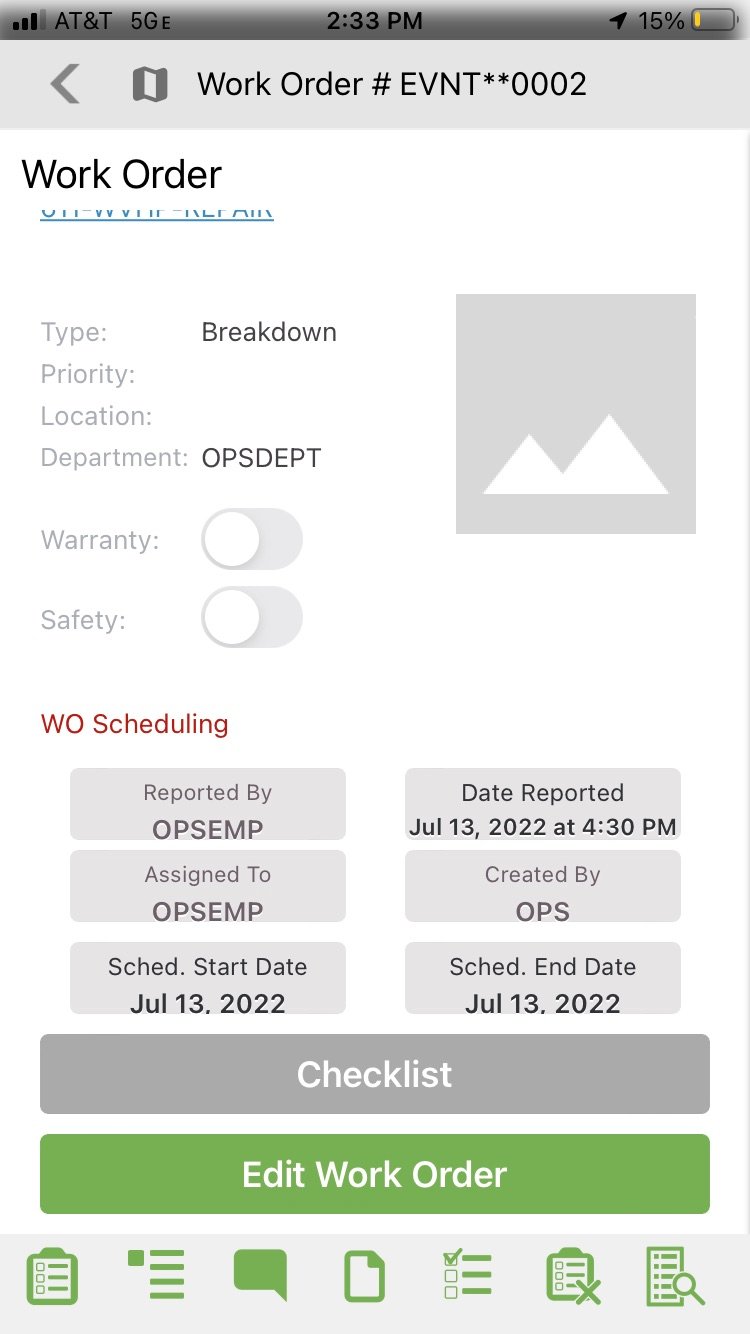

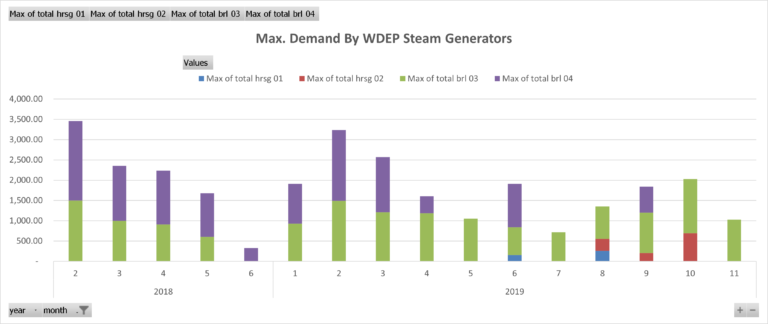
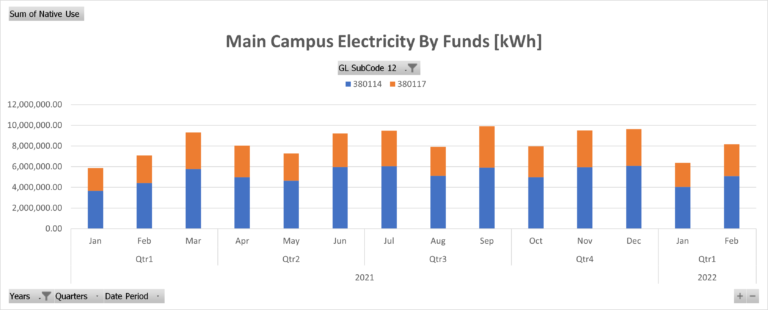
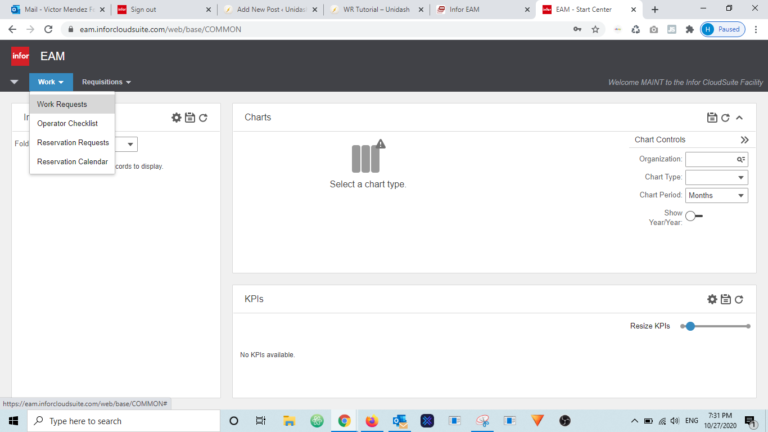
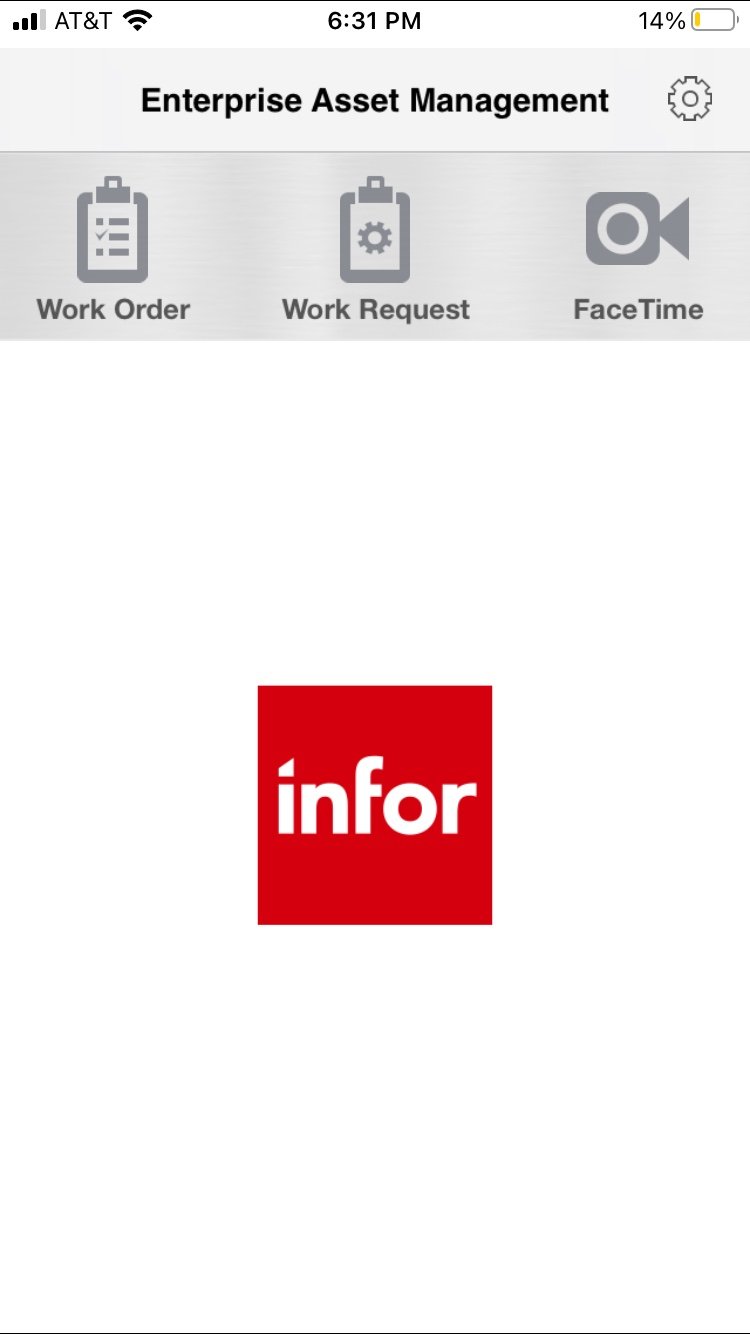
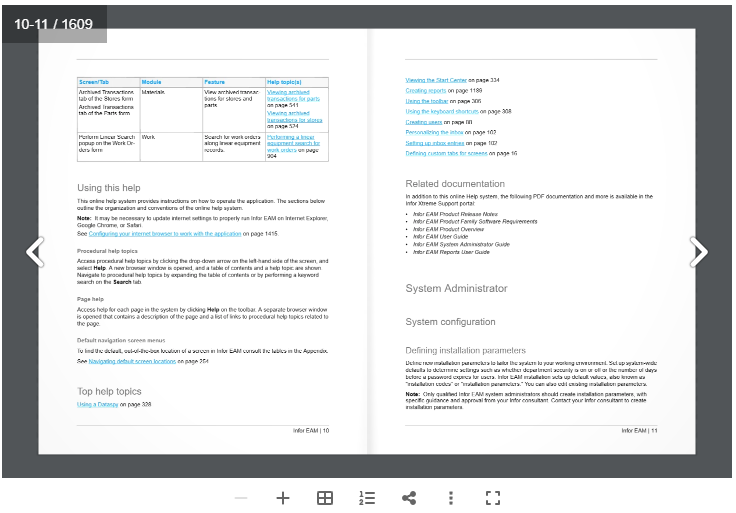
![How To Create a Work Request [Desktop]](https://unidash.net/wp-content/uploads/20201027-infor-unidash-01-768x436.png)
